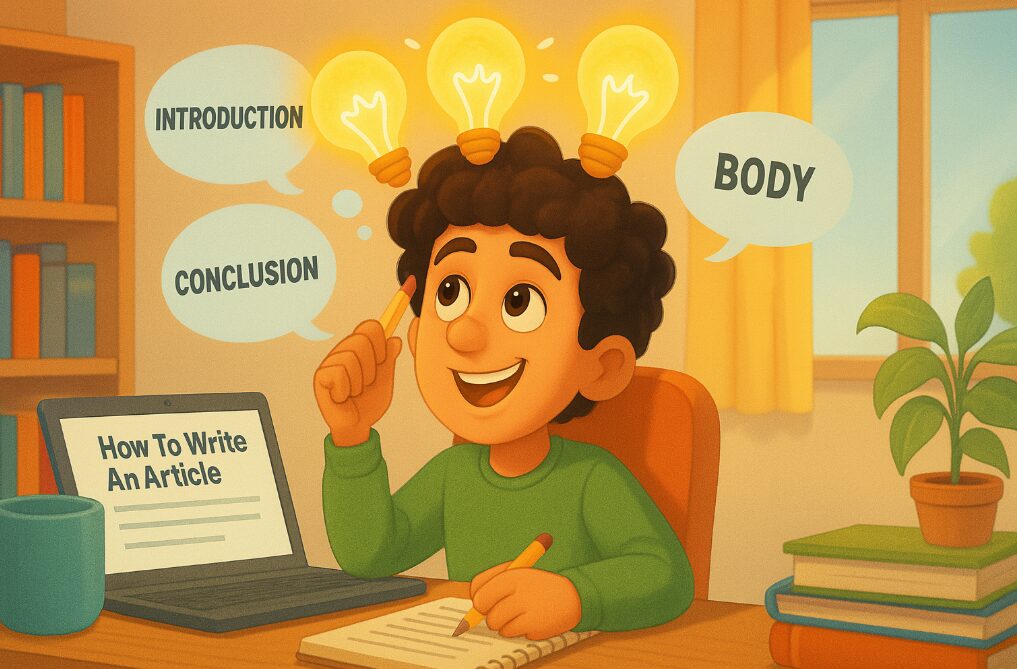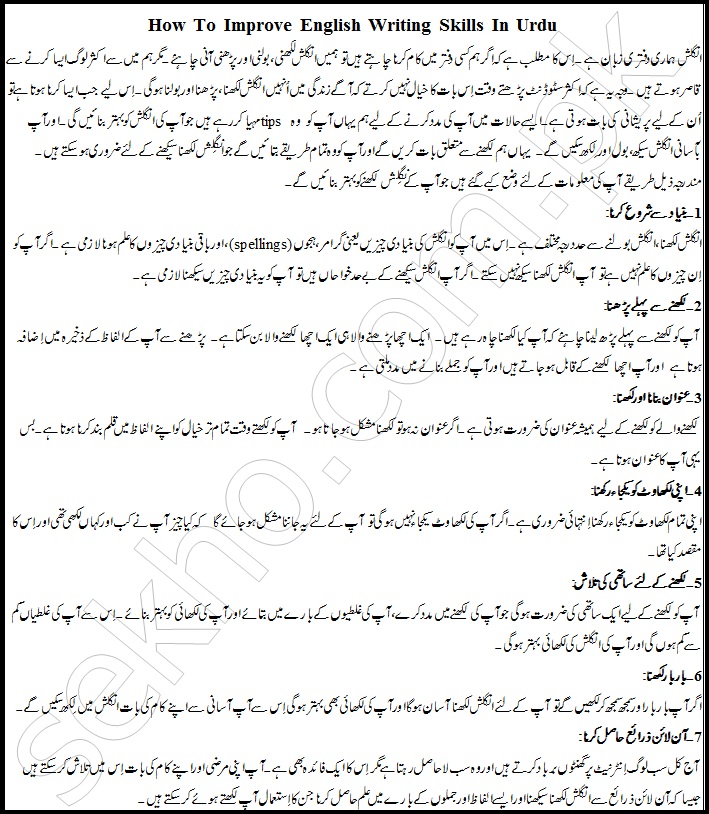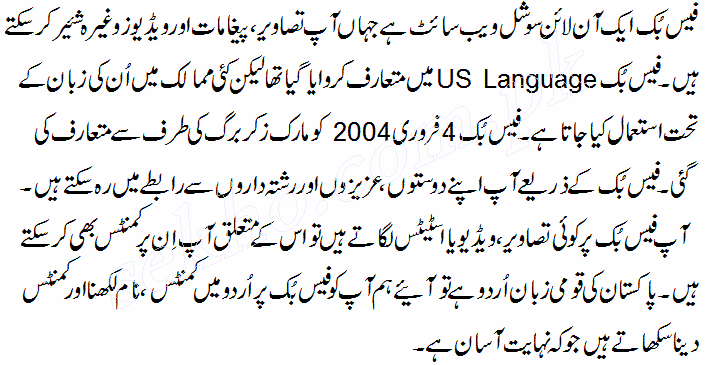Writing an article whether for a blog, a newspaper, a research journal, or a government bulletin requires more than just putting words on a page. It’s about structuring information clearly, speaking directly to your audience, and delivering value with every paragraph. Whether you’re writing your first piece or want to polish your technique, this guide will walk you through a clear and practical approach to writing an effective article.
Why Writing Articles Matters
You may need to write an article for work, studies, or personal goals like growing a website or spreading awareness. Articles are powerful tools for communication. They inform, educate, and sometimes persuade readers. Whether you’re writing a how-to guide, a news feature, or an op-ed, knowing the mechanics helps ensure your message is not just heard, but understood.

How to Write an Article?
Here’s a breakdown of the process, from start to finish:
1. Understand Your Audience
Before writing a single word, ask yourself:
-
Who are you writing for? (e.g., students, professionals, the general public)
-
What do they already know about the topic?
-
What do they want to learn?
Knowing your audience shapes your tone, structure, and word choice.
2. Choose a Clear, Relevant Topic
Pick a topic that aligns with your audience’s interests. It should be:
-
Timely: Something current or in-demand (e.g., “How to Save on Electricity in 2025”)
-
Specific: Narrower topics are easier to write and more helpful
-
Useful: Solve a problem or answer a common question
3. Research Thoroughly
You’ll want your article to be accurate and credible. Use trusted sources such as:
-
Official government websites
-
Academic journals
-
Reputable news outlets
-
Industry publications
Tip: Keep a notepad or document open to record useful statistics, quotes, or links.
4. Create a Structured Outline
Outlining helps organize your thoughts. A good article typically includes:
-
Introduction: Hook the reader and present the topic
-
Body Sections (2–4): Break the topic into digestible parts using subheadings
-
Conclusion: Summarize or inspire action
You can use bullet points or numbered steps if you’re writing a “how-to” article, like this one.
5. Write the First Draft
Now, start writing:
-
Be clear and concise: Aim for short sentences and simple words
-
Use examples or analogies: Make abstract ideas relatable
-
Maintain a conversational tone: Write as if you’re explaining it to a friend
Example:
✘ “Pursuant to the statutory guidelines…”
✔ “According to the latest rules from the Department of Education…”
6. Add Data and Links (If Applicable)
Support your points with facts. For example:
“As of 2024, over 73% of readers prefer articles that are under 1,000 words in length, according to a study by Content Marketing Institute.”
If online, hyperlink to your source to build credibility.
7. Revise and Edit
Editing is where the magic happens. Look for:
-
Grammar and punctuation mistakes
-
Repetitive words or ideas
-
Paragraph flow and transitions
You can use editing tools like Grammarly, Hemingway Editor, or ask someone else to review your article.
8. Add a Catchy Title and Meta Description
Your title should be:
-
Clear: Readers should immediately know what the article is about
-
Searchable: Use keywords people type into Google
-
Concise: Aim for under 60 characters
Example:
✔ “How to Write an Article That Gets Read (Step-by-Step Guide)”
9. Format for Readability
Use:
-
Headings and subheadings
-
Bullet points
-
Short paragraphs (2–4 lines max)
-
Bold or italics to highlight key terms
This improves user experience, especially for online readers scanning content quickly.
10. Publish and Promote
Once you’re happy with the article:
-
Post it on your blog, website, or media outlet
-
Share it on social media platforms (LinkedIn, Facebook, Twitter)
-
Consider submitting it to news websites or niche forums
Frequently Asked Questions
Q1: What is the ideal length of an article?
A typical article ranges from 600 to 1,500 words, depending on the purpose and platform. SEO-focused blog posts often perform best at 1,000–1,300 words.
Q2: What is the difference between an article and a blog post?
Articles are often more formal, well-researched, and objective. Blog posts can be more personal, opinionated, and casual in tone.
Q3: Can I use AI to help me write an article?
Yes, tools like ChatGPT can help brainstorm ideas, generate outlines, or even draft content. However, always review and customize AI-generated content for accuracy and personal voice.
Q4: How do I avoid plagiarism when writing an article?
Always write in your own words and cite sources when using facts, quotes, or statistics. Use plagiarism checkers like Turnitin or Quetext to double-check.
Q5: How do I know if my article is good?
Ask yourself:
-
Does it answer the reader’s question?
-
Is it easy to read?
-
Is it free of errors?
-
Have others found it helpful or shared it?
Writing an article isn’t about being perfect it’s about being clear, useful, and authentic. The more you write, the better you’ll get. Whether you’re contributing to a school newsletter, a professional blog, or an official publication, this step-by-step guide is your foundation. Don’t worry if it’s not perfect at first clarity grows with practice.







Can i write an artical in urdu?
Same question
I want online articles writing job at high salary
online Artical likhnay kay liay kon sa app use kareen or usay aagay Kaisay send kareen